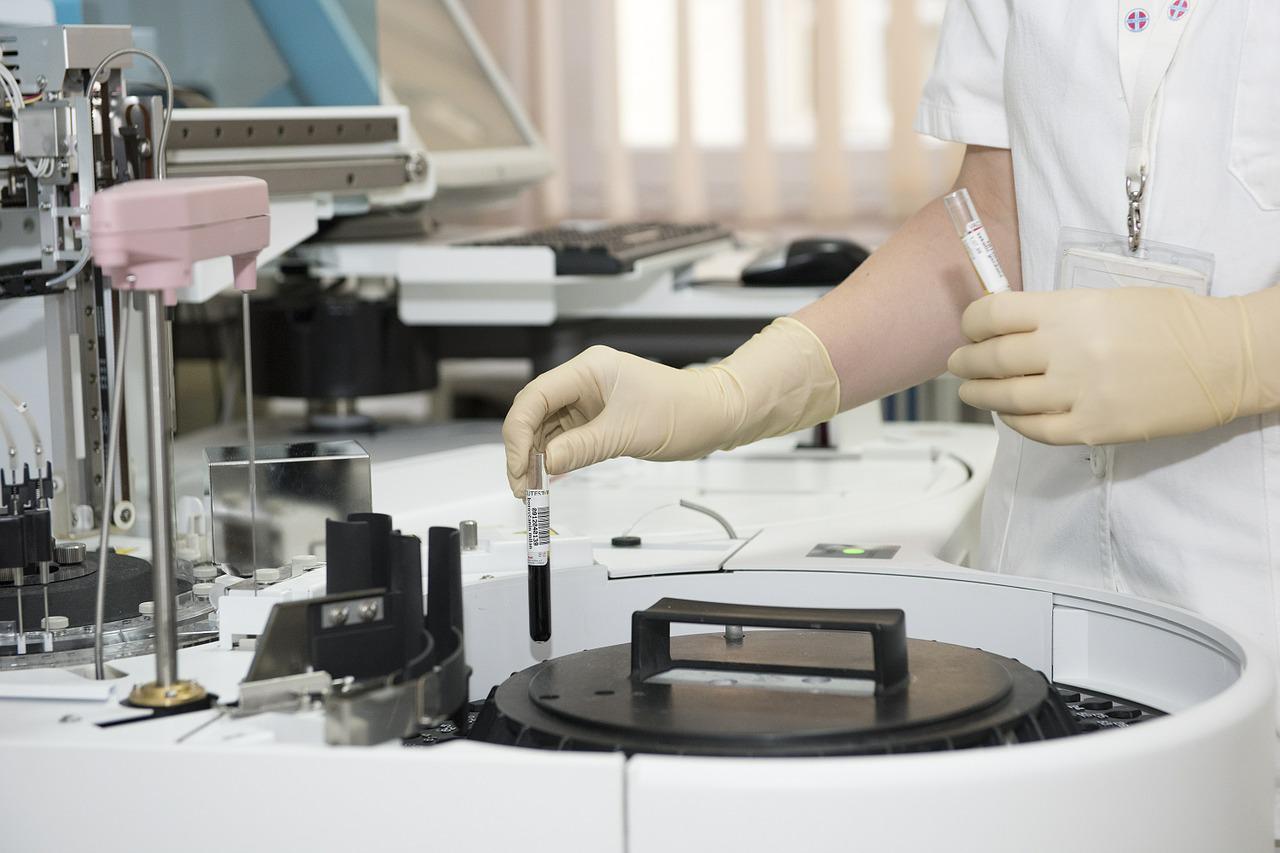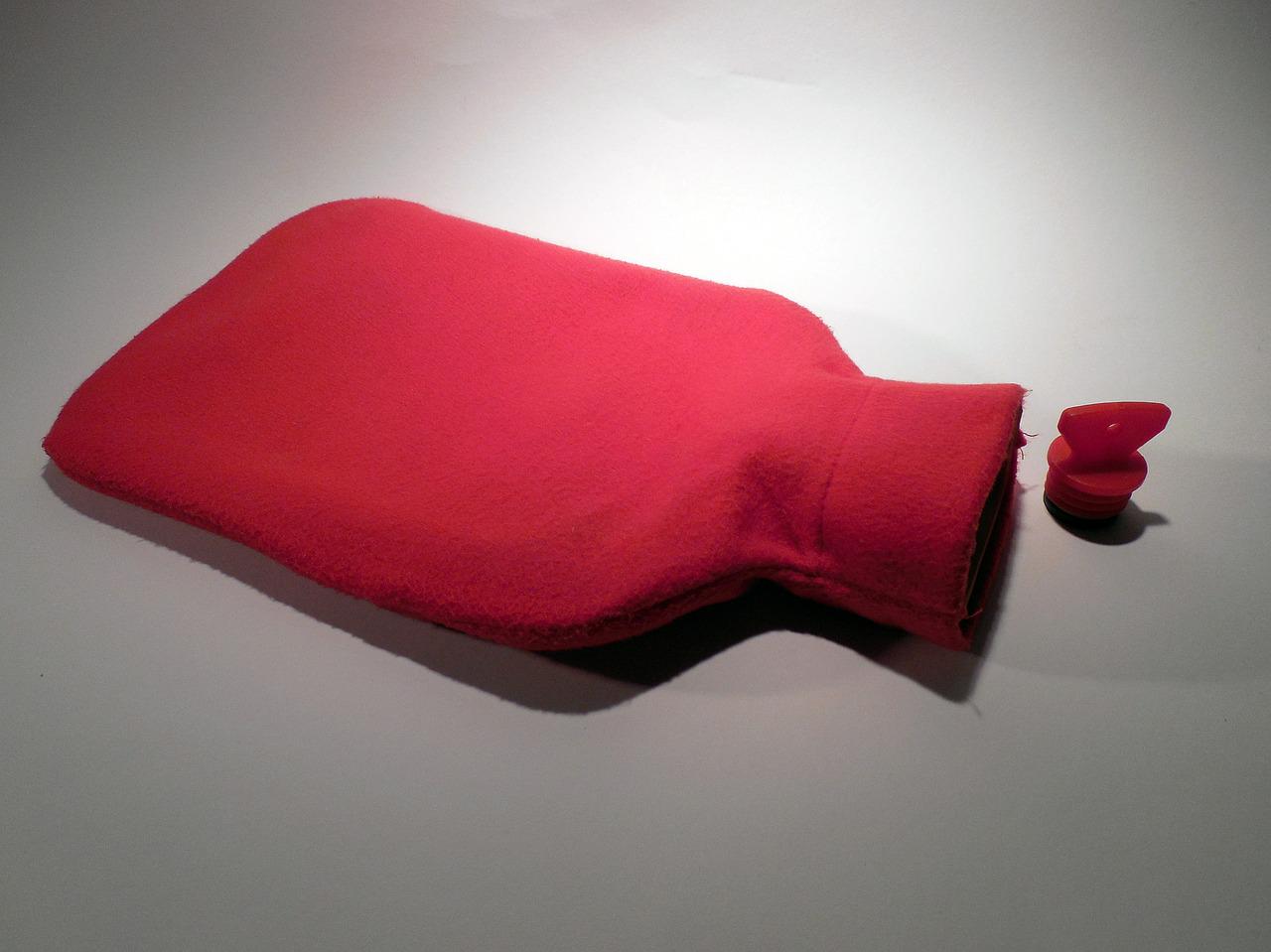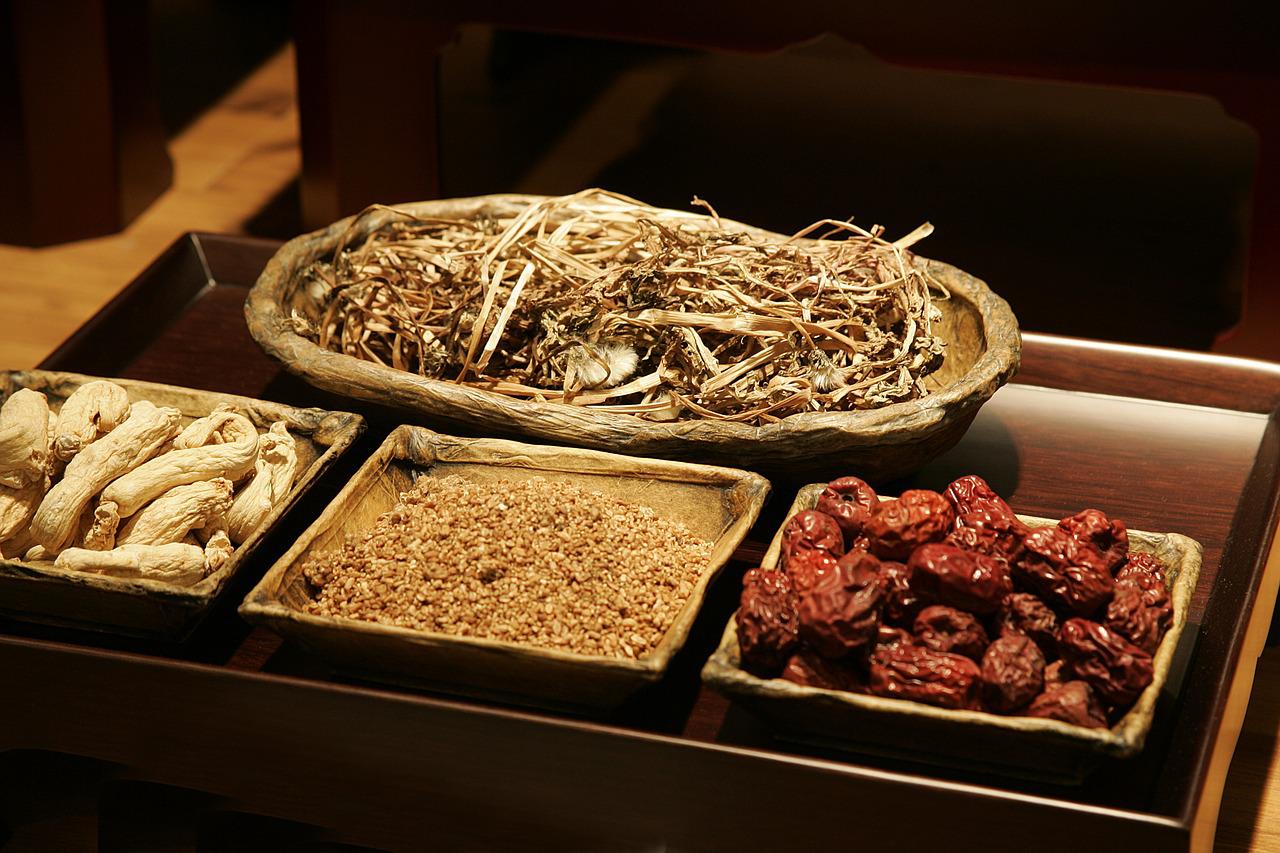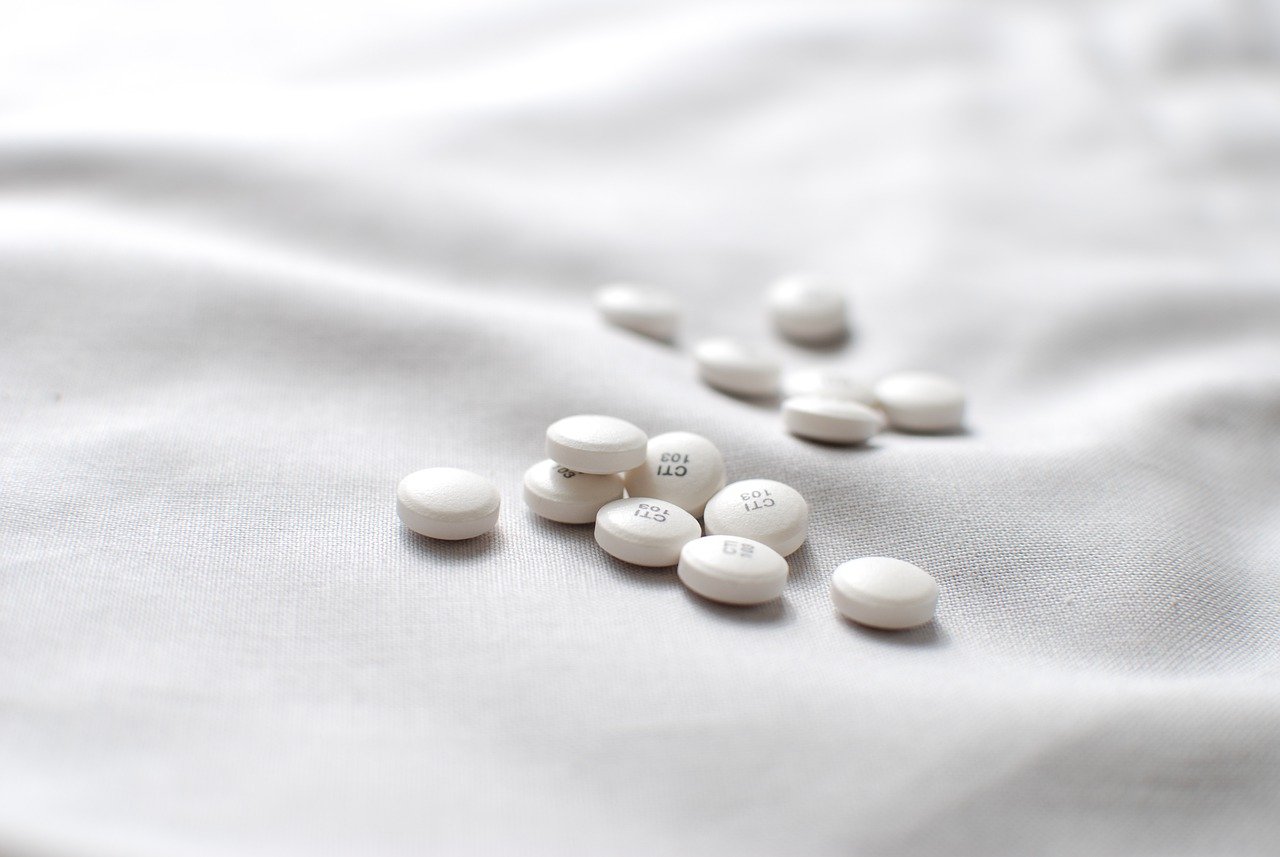What are the side effects of CABAGIN? Detailed explanation of efficacy and drinking method

If you have stomach pain or nausea, you may lose your appetite or feel sick. CABAGIN is a second-class drug that is readily available at regular pharmacies. We will explain in detail when to take it, what to watch for when you take it, and the possible side effects of clofenac.
What is cloxacin?

When it comes to CABAGIN, some Japanese people think of yellow and green packaging. Kecuacine is a drug introduced in 1960. For more than 50 years, we have continuously made numerous improvements to our products, such as adding active ingredients according to circumstances and needs.
Because it is readily available in pharmacies and pharmacies, many families have it in their medicine cabinet as a regular medicine at home.
Kowa Co., Ltd. Pharmaceutical
CABAGIN is a drug manufactured and sold by Kowa Co., Ltd. In fact, Kowa Co., Ltd. is not a pharmaceutical company.
It has the functions of a trading company importing and exporting textiles, machinery, building materials, etc., conducts trilateral trade, and also has the function of a manufacturer of pharmaceuticals/medical equipment, environment and energy-saving related products. Kesulphate is manufactured in the Pharmaceutical Division of the Kowa Group, which is involved in this wide-ranging business.
Intestinal medicine
CABAGIN is a gastrointestinal medicine. Second-class drug with the function of suppressing symptoms such as stomach pain, stomach discomfort, and nausea.
A class 2 drug is one of the generic drugs. It is not classified as a first-class drug and is considered a drug that may have side effects that interfere with daily life. Many generic drugs on the market are classified as Class II drugs.
Active ingredient of CABAGIN

Let's take a look at the active ingredients in CABAGIN. When ketone was first released in 1960, it was formulated as a remedy for stomach upset and upset stomach caused by overeating.
Due to many improvements and addition of active ingredients, it is now sold as a gastrointestinal medicine not only for stomach pain and upset stomach, but also has the effect of reviving and rejuvenating the weakened stomach in the past up.
MMSC
MMSC is an abbreviation for methylmethionine sulfonium chloride. MMSC is a component found in cabbage juice, also known as vitamin U. It is a gastric mucosa repairing ingredient that has the function of normalizing the rough gastric mucosa.
CABAGIN Contains 150mg of MMSC. You can take this MMSC 150mg in a day if you take Keclobacine correctly.
Sodium bicarbonate
Sodium bicarbonate is formulated as a fast-acting antacid. Suppress gastric acid secretion Give your stomach a rest. In addition to sodium bicarbonate, it also contains magnesium carbonate, which is a non-absorbable alkaline agent, which can cover and protect the gastric mucosa. Magnesium carbonate also has a quick-acting antacid effect.
It also contains precipitated calcium carbonate, which has long-lasting anti-oxidant effects, and scopolamine flower, which inhibits the secretion of gastric acid and pepsin. Since it contains antacids with different properties, it acts quickly and effectively on the stomach for a long time.
Perilla dry extract
Dried perilla extract is also included in the herbal ingredients. The crude drug perilla has a strong effect on the work of the stomach, and it also responds to symptoms such as stomach discomfort and stomach weight caused by aging.
Also, Swertia powder is an upset stomach herb that treats indigestion and loss of appetite to relieve painful symptoms.
Bioamylase 2000
Biodiastase 2000 is an enzyme that digests protein and starch. It acts as a digestive enzyme agent that helps weaken digestion. Lipase AP12, also a digestive enzyme agent, is an enzyme that digests fat. These ingredients help a weak stomach work and make it easier to digest.
CABAGIN contains various ingredients such as repairing gastric mucosa, inhibiting gastric acid, and helping the stomach to work. It not only relieves symptoms, but also restores the stomach.
People who recommended CABAGIN

The people who recommend CABAGIN are those who have the following symptoms.
・People with poor stomach
People with frequent stomach upsets or loss of appetite tend to have a weak stomach. Not only your physique, stress and irregular life can also affect you.
・People with upset stomach
People with a heavy stomach may experience bloating, chest tightness, and nausea. Possible causes include decreased gastric motility, reduced gastric juice secretion, and difficulty digesting food.
・People with heartburn
If you experience burning discomfort from your upper abdomen to your chest, you may have heartburn. Heartburn occurs because the lining of the esophagus is irritated by gastric acid flowing back from the stomach.
The lining of the esophagus is not immune to acid irritation, so you may experience heartburn. Excessive stomach acid production from stress, alcohol, cigarettes, etc. can lead to heartburn.
・People with stomach pain
Stomach pain is caused by irritation of the sensory nerves entwined with the many blood vessels that nourish the muscular layer and submucosa. The gastric mucosa becomes inflamed and the musculature of the stomach is pulled, irritating the sensory nerves and causing pain.
If you have these stomach symptoms, you may need take clofenac early.
How to drink CABAGIN and precautions

We will tell you the correct method and precautions when taking CABAGIN. CABAGIN is a class II drug. If taken improperly, side effects may occur and affect daily life, so be sure to read the instructions carefully before taking them, and use them according to the instructions. Please.
3 times a day
CABAGIN Take 3 times a day. Drink with water or lukewarm or plain hot water after each meal. When you hear the word stomach medicine, you may think it is taken with or between meals, but you should take cloxacid with a meal, not on an empty stomach.
You can take it daily when you feel the effects.
After pregnancy consultation
For pregnant women, please always consult your doctor, pharmacist or registered distributor before taking CABAGIN.
When possible, it is safer to take with your doctor's approval.
Do not take while breastfeeding
Postpartum and lactating women should basically not take CABAGIN. This is because taking clofenac while breastfeeding will cause drug ingredients to be included in the breast milk, which can speed up the baby's pulse.
Avoid breastfeeding if you are taking clofenac.
Not for use by children under 8 years old
Clazol should not be used by anyone under the age of 8. Also, if you are a child 8 years of age or older, be sure to supervise and instruct your parents on taking it.
Continue taking for about 2 weeks
If symptoms such as stomach pain, upset stomach, and heartburn do not improve after taking CABAGIN for about 2 weeks, stop taking it and consult a doctor, pharmacist, registered dealer, etc. Please. Do not take it for a long time without feeling the effect.
Side effects of CABAGIN
CABAGIN Possible side effects include constipation, diarrhea, belching, and rash. If you experience any of these symptoms while taking cloxacin, stop taking it and see your doctor right away.
Also, if you have any other symptoms that concern you, please consult your physician as soon as possible.
Types of cloxacine

The types of CABAGIN include CABAGIN α Granules and New CABAGIN. Gramma Alpha Granules is a granule. In addition, CABAGIN is the type taken before meals, and it forms a protective film on the weakened stomach wall to improve the function of the stomach.
Be careful of the side effects of CABAGIN and take it correctly

CABAGIN is a gastrointestinal drug that rejuvenates a weakened stomach. It is effective for various stomach upsets and indigestion, but incorrect administration may cause side effects. Please read the precautions carefully and take it correctly.
If taking for about 2 weeks does not help, consult your doctor.

